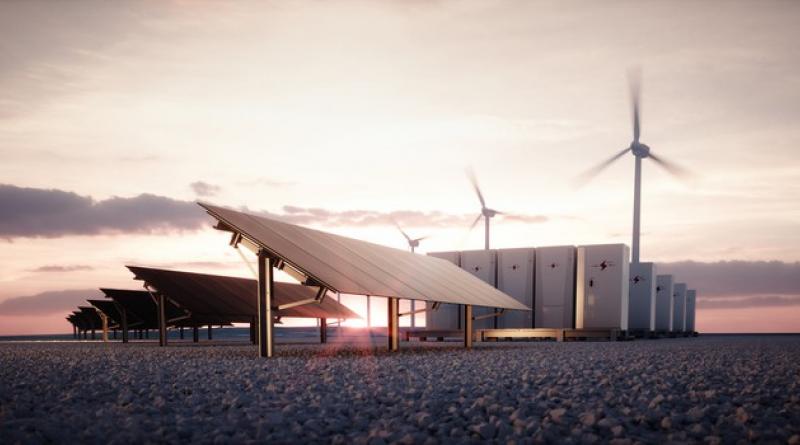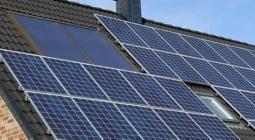Batteries Will Change the Energy Industry Forever.

Energy storage is no longer an asset class that utilities can ignore.
One of the biggest criticisms of renewable energy has been its inherently intermittent nature. Solar energy plants don't produce power at night, and wind turbines don't produce power without wind, so utilities need fossil-fuel or power plants to keep the grid running. Without a way to store renewable energy, fossil fuel will always be the backbone of the electric grid.
What's changed in the past few years is that energy storage is suddenly an economical asset to consider as part of the electric grid. If regulators and utilities find ways for energy storage to generate revenue, finance companies will open up their wallets and fund investment. Before long, energy storage could change energy forever.
Solving the revenue problem
Energy storage is starting to make financial sense, which is the only way it will ever be able to reach scale. Utilities see value in energy storage as a way to offset expensive peak generation on high-demand days. For example, in one time of use rate plan in Southern California Edison's territory (southern California) peak rates during the summer are $0.38 per kW-hr but rates during off-peak hours are just $0.13 per kW-hr. The $0.25 difference can be cost savings for homeowners with a battery by using the battery's energy during peak hours and charging during off-peak. Depending on the size of the battery, savings could be a few dollars per day for consumers and for utilities it means buying less power from expensive peaker plants, helping lower rates for everyone.
Utilities are also seeing it as a way to reduce transmission and distribution costs, and even put off investment in new power plants. Con Edison is using batteries as part of a plan to defer $1.2 billion in substation investments. And new bids from solar plus energy storage are beating the cost of building new power plants.
Residential and commercial customers are seeing value from a different angle, using energy storage to reduce electricity bills. SunPower (NASDAQ:SPWR), Sunrun (NASDAQ:RUN), and Tesla (NASDAQ:TSLA) are starting to build energy storage systems that reduce on-site electric bills and can even bid capacity into electric grids bycreating a virtual power plant. There are different models for consumers, but the time of use rate savings I highlighted above is one option and another is commercial building owners saving on demand charges by batteries lowering their peak electricity usage each month.
There's now money to be made in energy storage, so if costs are low enough, the investments will make financial sense.
The cost problem
When batteries cost thousands of dollars per megawatt (MW), it was tough to justify their value to the grid because the up-front expense was too high. But costs have fallen nearly 90% in the past decade, according toNextEra Energy (NYSE:NEE), and will be only $8 to $14 per MW-hour by next year, or about a penny per kW-hour. For perspective, the average kW-hour of electricity costs about 13 cents for retail users.
Combined directly with wind and solar, energy storage starts to become really compelling. NextEra Energy estimates that post-2023, wind plus energy storage costs will be $20 to $30 per MW-hour, and solar plus energy storage will be $30 to $40 per MW-hour. Natural gas is expected to match the solar-plus-storage costs.
As the cost of energy storage becomes competitive with traditional fossil fuel assets, there is a growing demand for battery installations and utilities and finance companies are finding ways to make it a profitable investment.
Utilities and developers are seeing ways to make money with energy storage
At the end of the day, falling costs and increasing revenue won't matter unless someone finances energy storage projects. And we're starting to see companies that will.
NextEra sees 700 MW to 1,400 MW of energy storage in its pipeline between 2019 and 2022. Brookfield Renewable Partners (NYSE:BEP) has begun investing in battery energy storage as well, albeit from a very small base of 10 MW. Hannon Armstrong (NYSE:HASI) is another financier that has begun investing in energy storage projects.
The more energy storage these companies finance, the more they'll become comfortable with it -- and the lower the cost of capital will go. Wind and solar assets have benefited tremendously over the past two decades from declining capital costs, and I think we'll see that again in energy storage, which could reshape electricity across the globe.
11 December 2019
Motley Fool




